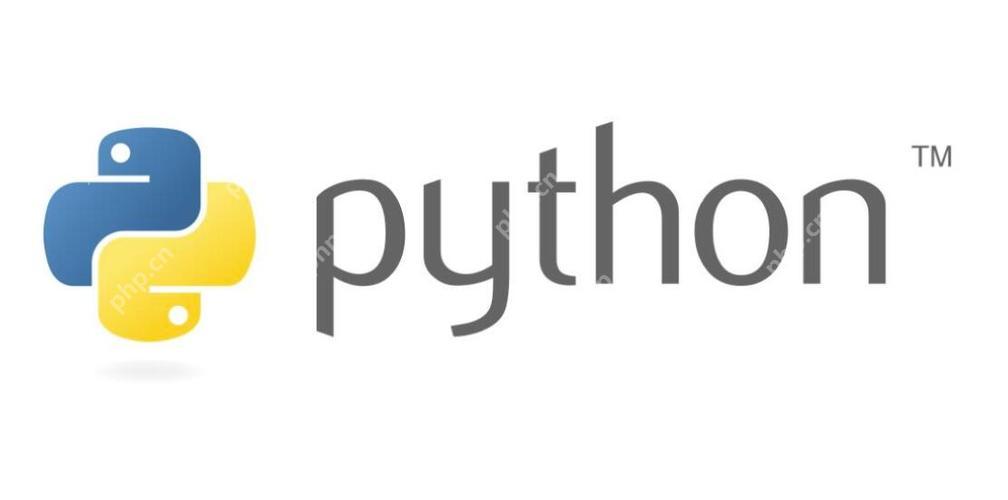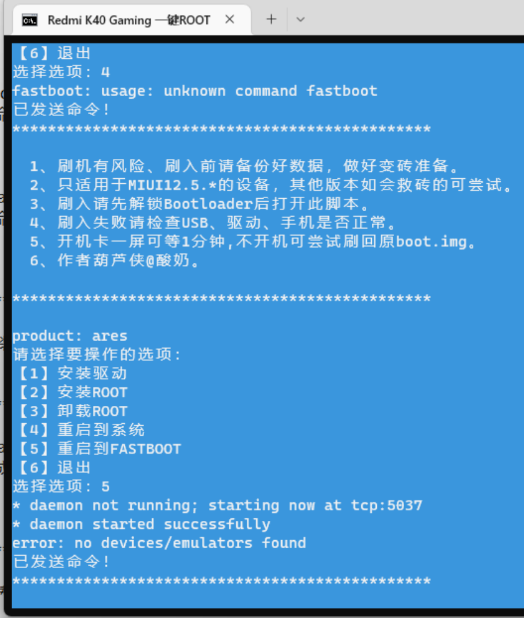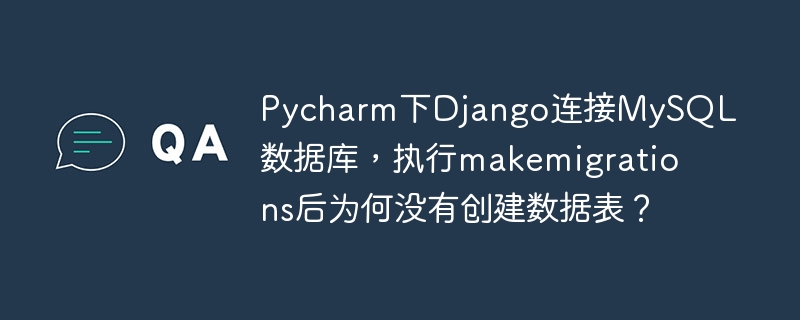在python中定義線程類需要繼承Threading.thread并重寫run方法。具體步驟包括:1. 導(dǎo)入threading模塊并定義線程類;2. 在初始化方法中設(shè)置線程名稱;3. 在run方法中定義線程行為。此外,還需注意:1. 使用鎖確保共享資源的安全性;2. 設(shè)計(jì)停止機(jī)制以管理線程生命周期;3. 了解全局解釋器鎖(gil)對多線程性能的影響,并考慮使用multiprocessing模塊。

在python中定義線程類并不僅僅是掌握語法那么簡單,它更像是一次探索多線程編程的旅程。讓我?guī)闵钊肓私馊绾味x線程類,以及在這個(gè)過程中可能會(huì)遇到的挑戰(zhàn)和樂趣。
Python的多線程功能主要通過threading模塊實(shí)現(xiàn),定義線程類是利用這個(gè)模塊的一種方式。通過繼承threading.Thread類并重寫run方法,我們可以創(chuàng)建一個(gè)自定義的線程類。讓我們先看看基本的定義方法:
import threading class MyThread(threading.Thread): def __init__(self, thread_name): threading.Thread.__init__(self, name=thread_name) self.thread_name = thread_name def run(self): print(f"Starting {self.thread_name}") # 這里放置線程要執(zhí)行的代碼 print(f"Exiting {self.thread_name}")
這個(gè)簡單的例子展示了如何定義一個(gè)線程類。通過繼承threading.Thread,我們可以重寫run方法來定義線程的行為。當(dāng)你創(chuàng)建這個(gè)類的實(shí)例并調(diào)用start()方法時(shí),run方法就會(huì)在新的線程中執(zhí)行。
立即學(xué)習(xí)“Python免費(fèi)學(xué)習(xí)筆記(深入)”;
然而,定義線程類遠(yuǎn)不止于此。讓我們深入探討一些關(guān)鍵點(diǎn)和可能的陷阱。
首先,理解多線程的本質(zhì)非常重要。多線程編程的核心在于并發(fā)執(zhí)行,但這也帶來了資源競爭和同步的問題。在定義線程類時(shí),你需要考慮如何處理共享資源,比如使用鎖(threading.Lock)來確保數(shù)據(jù)的安全性。
import threading class counter: def __init__(self): self.count = 0 self.lock = threading.Lock() def increment(self): with self.lock: self.count += 1 class MyThread(threading.Thread): def __init__(self, thread_name, counter): threading.Thread.__init__(self, name=thread_name) self.thread_name = thread_name self.counter = counter def run(self): print(f"Starting {self.thread_name}") for _ in range(100000): self.counter.increment() print(f"Exiting {self.thread_name}")
在這個(gè)例子中,我們使用了鎖來確保計(jì)數(shù)器的安全更新。沒有鎖的話,多個(gè)線程可能會(huì)同時(shí)嘗試增加count,導(dǎo)致數(shù)據(jù)不一致。
另一個(gè)值得注意的點(diǎn)是線程的生命周期管理。在定義線程類時(shí),你可能需要考慮如何優(yōu)雅地停止線程。Python的threading模塊沒有提供直接的停止線程的方法,這意味著你需要自己設(shè)計(jì)停止機(jī)制。
import threading import time class StoppableThread(threading.Thread): def __init__(self): threading.Thread.__init__(self) self._stop_Event = threading.Event() def stop(self): self._stop_event.set() def stopped(self): return self._stop_event.is_set() def run(self): while not self.stopped(): # 這里放置線程要執(zhí)行的代碼 time.sleep(1) print("Thread stopped") # 使用 thread = StoppableThread() thread.start() time.sleep(5) thread.stop() thread.join()
這個(gè)例子展示了一種通過事件(threading.Event)來控制線程停止的方式。這種方法比直接中斷線程更安全,因?yàn)樗试S線程在合適的時(shí)機(jī)停止。
在實(shí)踐中,定義線程類時(shí),你可能會(huì)遇到一些常見的陷阱,比如全局解釋器鎖(GIL)對多線程性能的影響。在Python中,由于GIL的存在,多線程在CPU密集型任務(wù)上可能無法充分利用多核優(yōu)勢。對于這種情況,可能需要考慮使用multiprocessing模塊來替代threading。
最后,分享一些我個(gè)人的經(jīng)驗(yàn):在實(shí)際項(xiàng)目中,我發(fā)現(xiàn)定義線程類時(shí),最好保持線程的職責(zé)單一,這樣可以更容易管理和調(diào)試。同時(shí),日志記錄對多線程程序的調(diào)試非常有幫助,因?yàn)樗梢詭椭愀櫨€程的執(zhí)行情況。
總之,定義Python中的線程類不僅僅是寫幾行代碼,它需要你對多線程編程有深入的理解,并在實(shí)踐中不斷積累經(jīng)驗(yàn)。希望這些分享能幫助你在多線程編程的道路上走得更遠(yuǎn)。
.jpg)

















.png)
